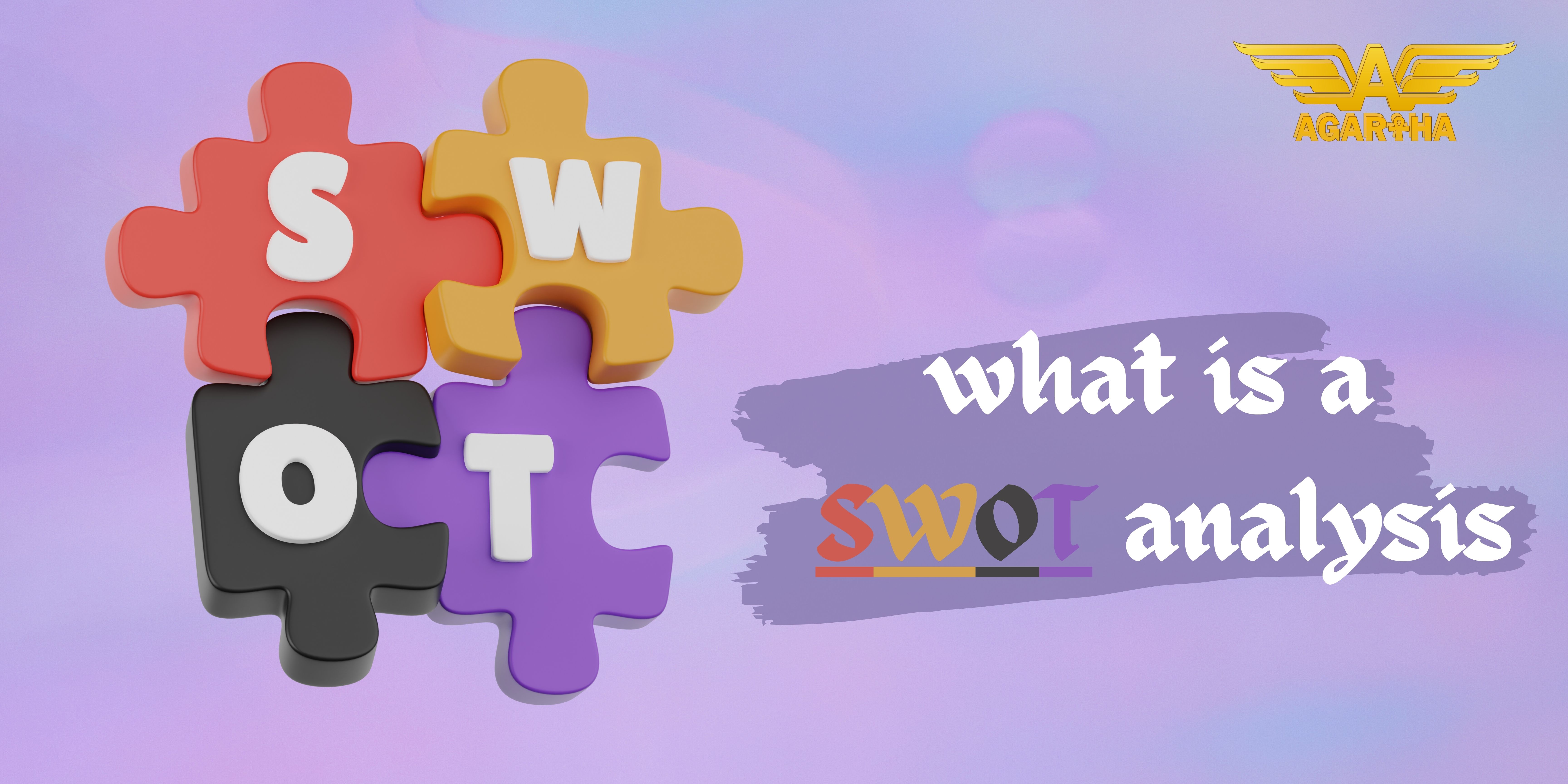- What is a SWOT analysis?
- The acronym "SWOT" stands for?
- What is a SWOT analysis:
SWOT analysis is a method used to evaluate the strengths, weaknesses, opportunities, and threats impacting a business. It helps in recognizing both internal and external factors that may support or impede the attainment of objectives.
- The acronym "SWOT" stands for:
Strengths & Weaknesses: Identify Internal Factors.
Strengths and weaknesses are internal factors that can greatly influence a business's performance and competitiveness in the market.
Strengths: are the positive attributes and capabilities that not only set a business apart from its competitors but also provide an advantage in achieving its goals. These could include a strong brand reputation, a dedicated and skilled workforce, efficient production processes, innovative products or services, loyal customer base, or effective marketing strategies.
Weaknesses: are internal limitations or deficiencies that hinder a business's ability to operate effectively or compete with others in the industry. These could include a lack of financial resources, inadequate infrastructure, outdated technology, inefficient processes, poor management practices, high employee turnover rates, or a negative brand image.
By identifying and analyzing internal factors such as strengths and weaknesses, businesses can make informed decisions, capitalize on their strengths, and address their weaknesses to improve overall performance and achieve sustainable growth. This self-assessment is crucial for strategic planning and can help businesses develop strategies to enhance competitiveness and achieve long-term success.
Opportunities & Threats: Evaluate External Factors:
Opportunities and threats are external factors that can significantly impact a business's success and sustainability in the market.
Opportunities: refer to external circumstances or trends that a business can potentially leverage to its advantage and achieve growth. These could include emerging markets, technological advancements, changes in consumer preferences, industry trends, potential partnerships or collaborations, or favorable economic conditions.
Threats: are external factors that pose risks and challenges to a business's operations and competitiveness. These could include increased competition, changing regulatory environments, economic downturns, shifts in consumer behavior, disruptive technologies, supply chain disruptions, or natural disasters.
By evaluating external factors such as opportunities and threats, businesses can proactively adapt their strategies, identify potential risks, and capitalize on emerging trends to stay competitive and resilient in a dynamic market environment. It is essential for businesses to conduct ongoing analysis of external factors to anticipate changes, mitigate risks, and seize opportunities to drive sustainable growth and long-term success.
Utilizing a SWOT analysis is an effective method for steering business or project plans. The collective discussion of the organization's key strengths and weaknesses, followed by the exploration of opportunities and threats, leads to productive brainstorming and strategic planning within targeted areas like marketing, production, or sales.
More info :
Why is SWOT Analysis Important?

